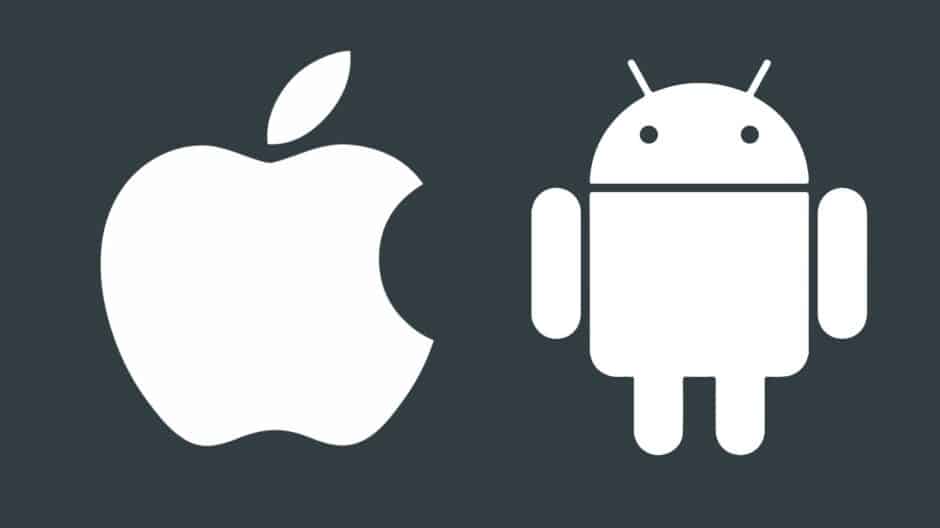iPhone shipments grow while Android tanks

The global market for Android phones shrank considerably in the first quarter of 2022, even as iPhone shipments rose.
Shipments from every major Android maker declined, from Samsung on down. Their combined drops were enough to reduce world smartphone shipments in Q1 by around 10%.
iPhone sold well in Q1 2022
Quarterly shipment figures aren’t always the best way to judge who is on top in the iPhone vs. Android rivalry, but they do give a snapshot of how the competitors stack up.
Apple did well in the January-through-March period, with a year-over-year increase in iOS handset shipments. The market-research firms IDC and Strategy Analytics agree that 57 million iPhone units shipped in Q1 2022. They don’t agree on exactly how much of an increase that represents, but it’s in the 1% to 2% range. But the two analysis companies do concur that Apple accounted for 18% of global smartphone marketshare.
“Apple had a good quarter, led by iPhone 13 series and the newly launched iPhone SE (2022), which starts to become a volume driver in lower segment,” said Woody Oh with Strategy Analytics. “Apple also captured the highest first quarter market share since 2013, at the expense of leading Chinese brands who are hampered by the sluggish home market.”
In the first three months of the year, Apple took in $50.6 billion in revenue from iPhone, up from $47.8 in the same quarter of 2021. That’s a new March-quarter record.
Android shipments dropped, dropped, dropped
As noted, every major Android maker saw a decline in shipments in the March quarter. Some of these are quite substantial.
Samsung’s annual drop in Q1 was just 1.2%, but Xiaomi shipments declined 18%, Oppo’s went down 27% and Vivo’s dropped 28%, according to IDC.
“It goes without saying that the world continues to face numerous challenges, whether it be geopolitical, pandemic related, or macroeconomic,” said Ryan Reith with IDC. “Almost everything that’s happened in recent months has been a headwind on the smartphone market, and realistically many other technology segments.”
Some companies are handling it the challenges better than others. “Our research tells us Samsung and Apple have navigated the supply chain situation a bit better than their competitors, and as a result we have seen reduced orders from the next set of top OEMs,” said Reith.
But the analysts have hope for the future. “This year will be a tale of two halves,” said Linda Sui at Strategy Analytics. “Geopolitical issues, component shortages, price inflation, exchange rate volatility, and Covid disruption will continue to weigh on the smartphone market during the first half of 2022, before the situation eases in the second half due to Covid vaccines, interest rate rises by central banks, and less supply disruption at factories.”


